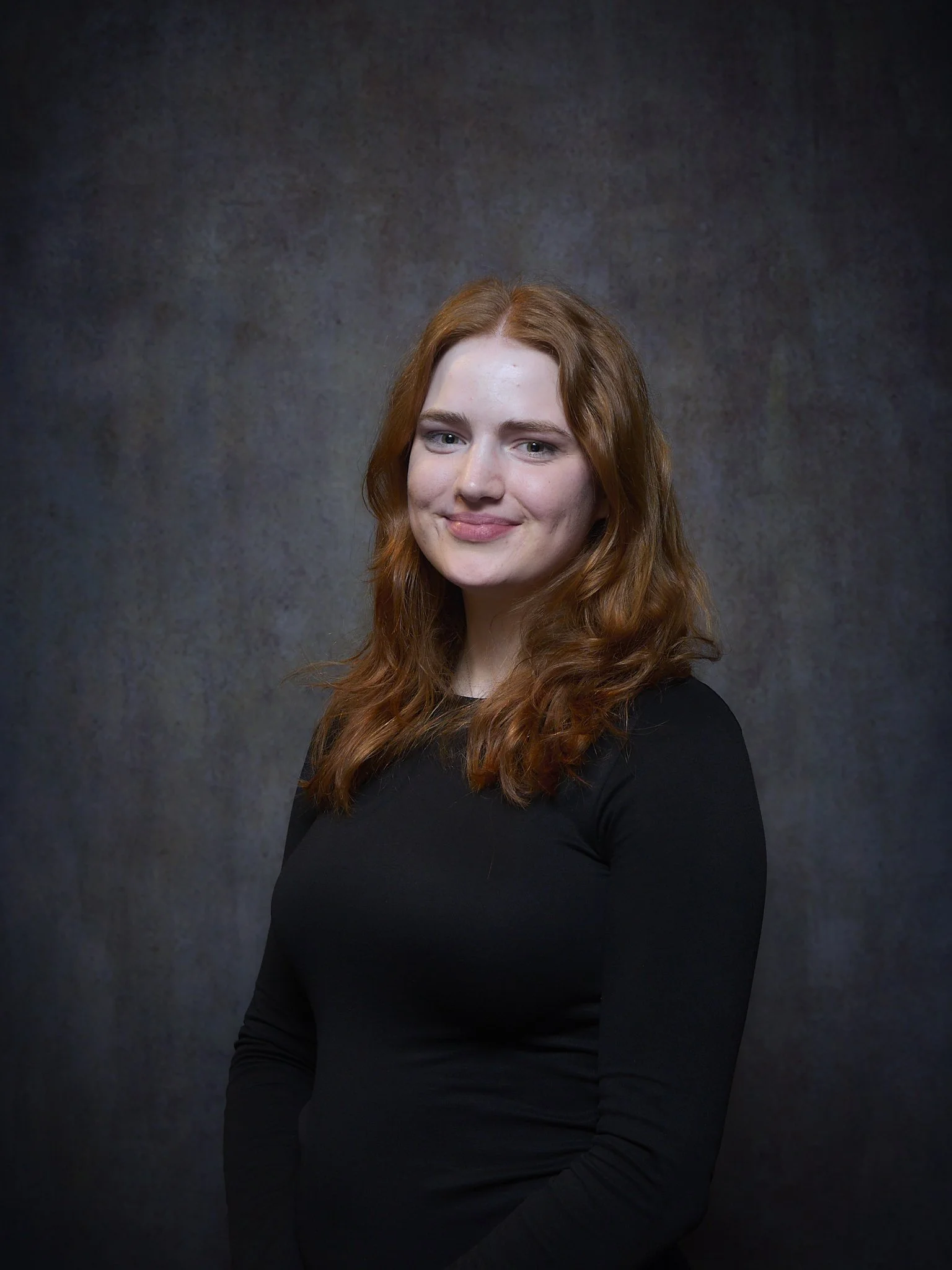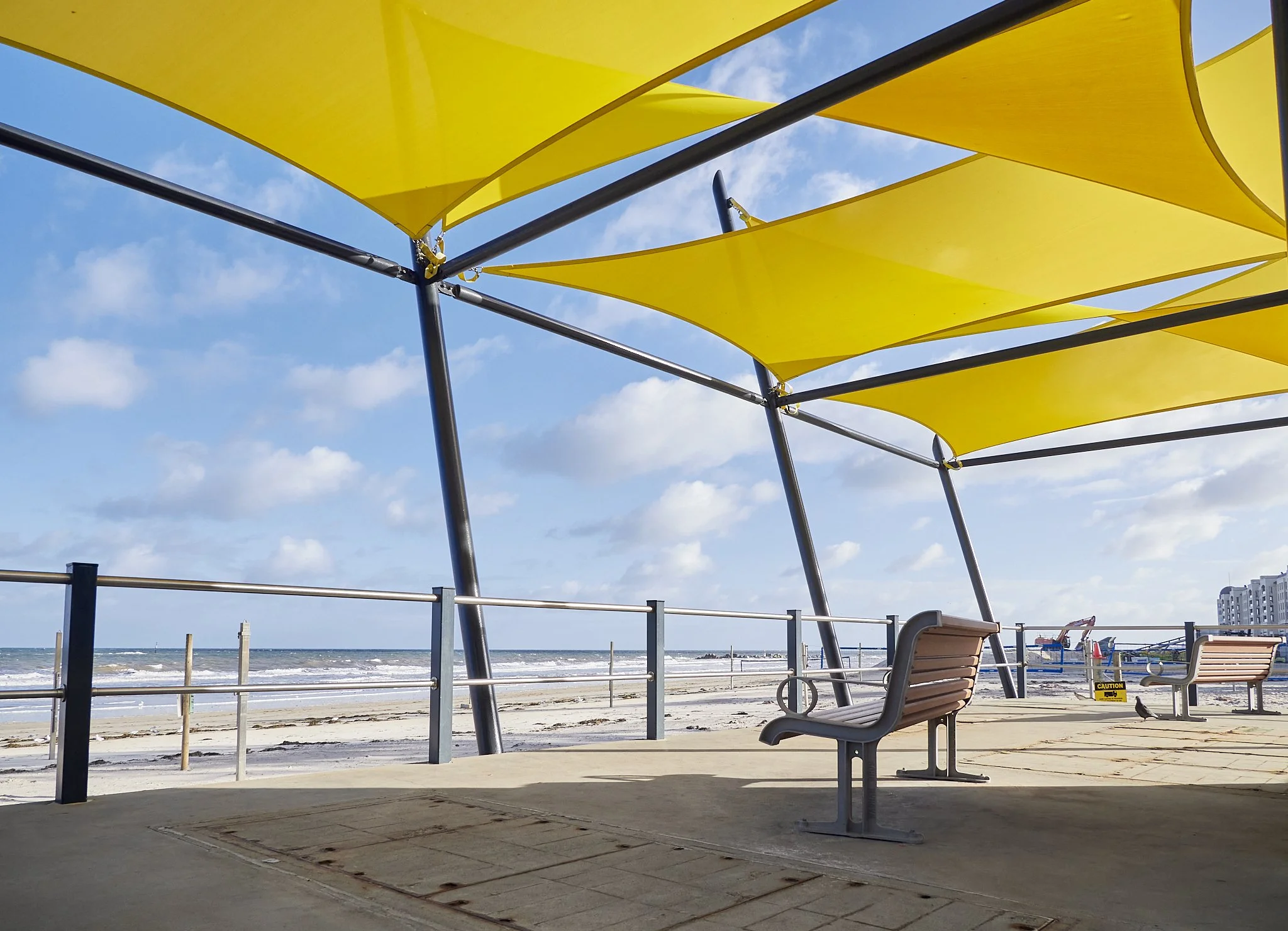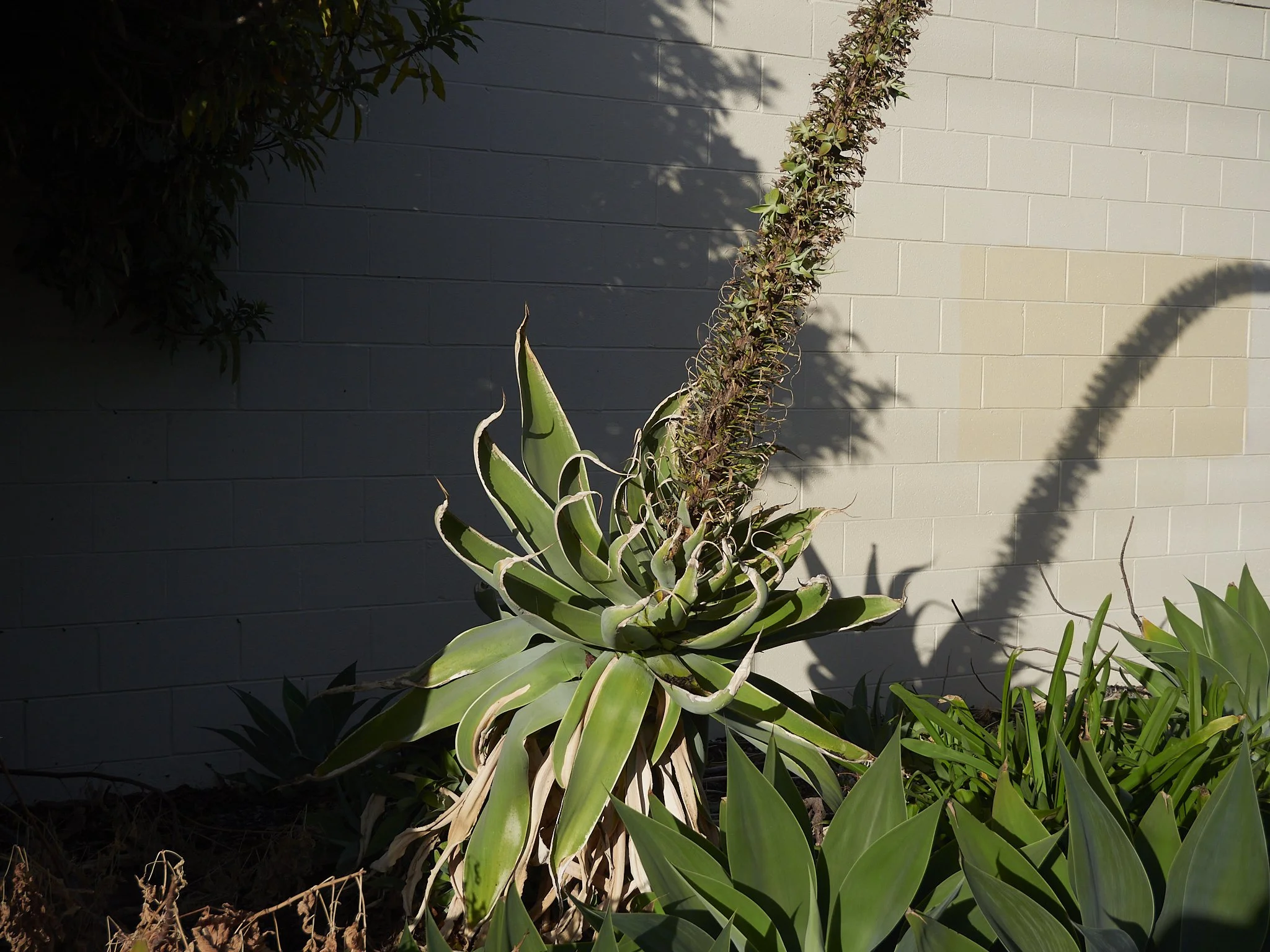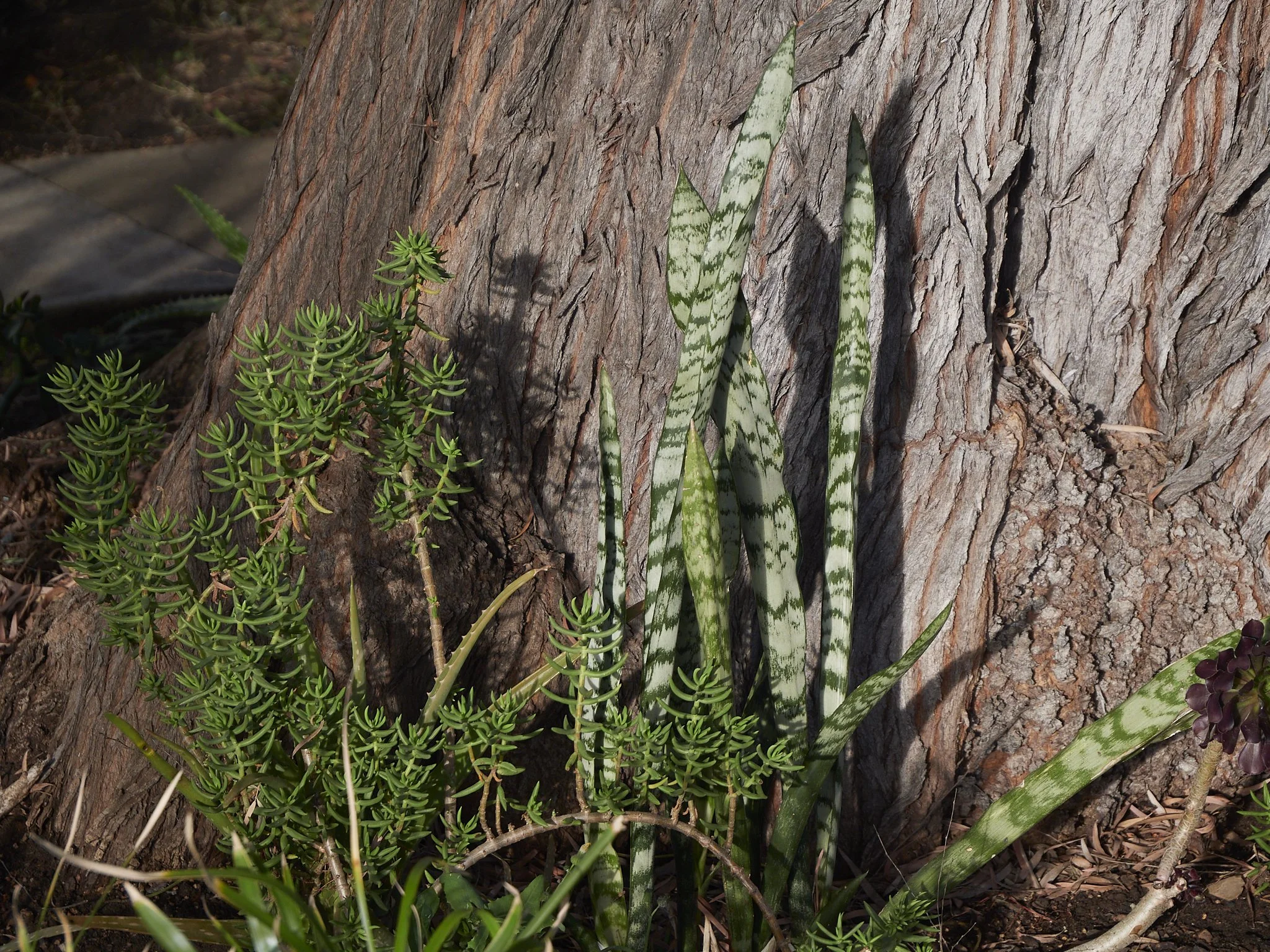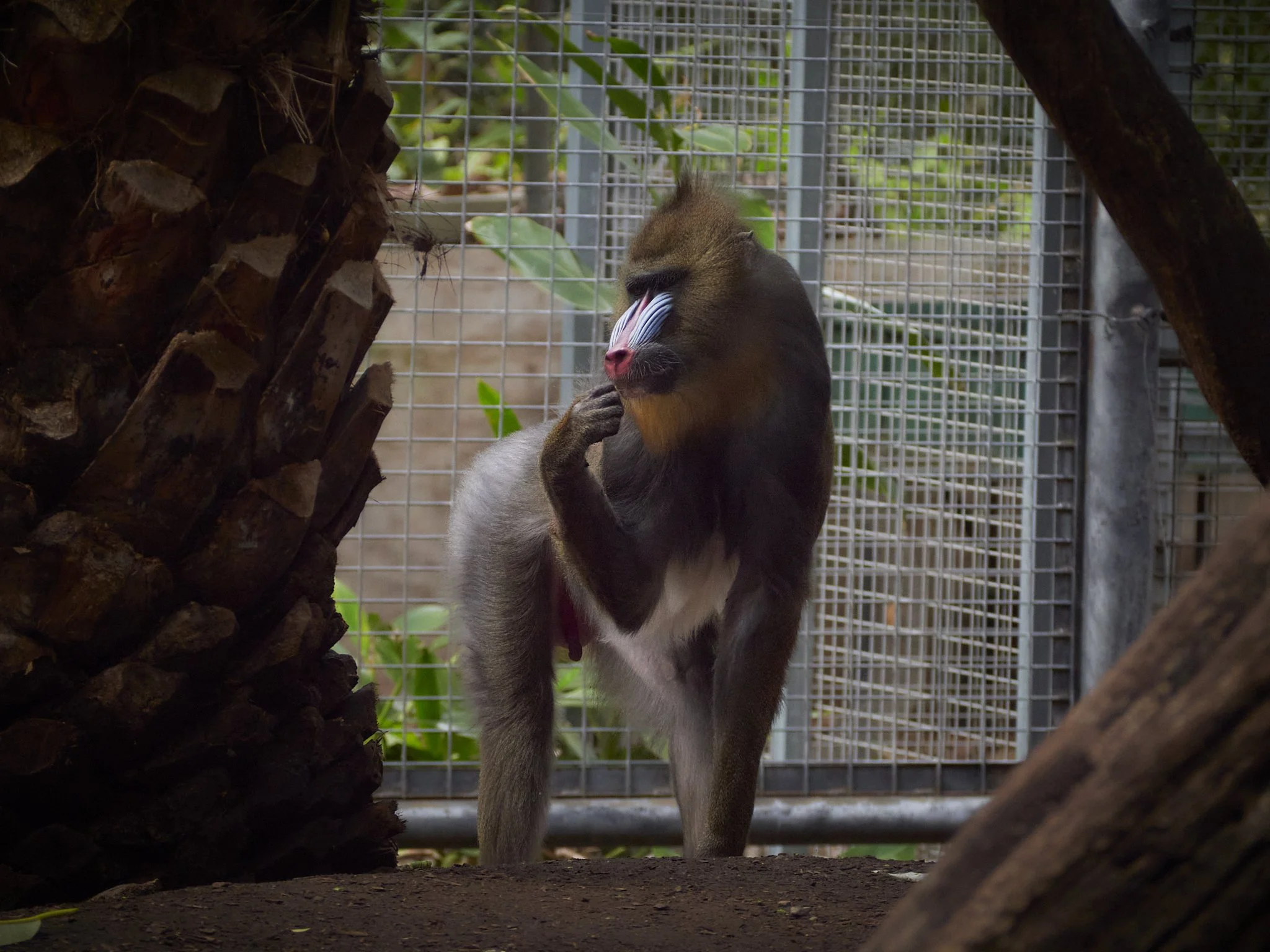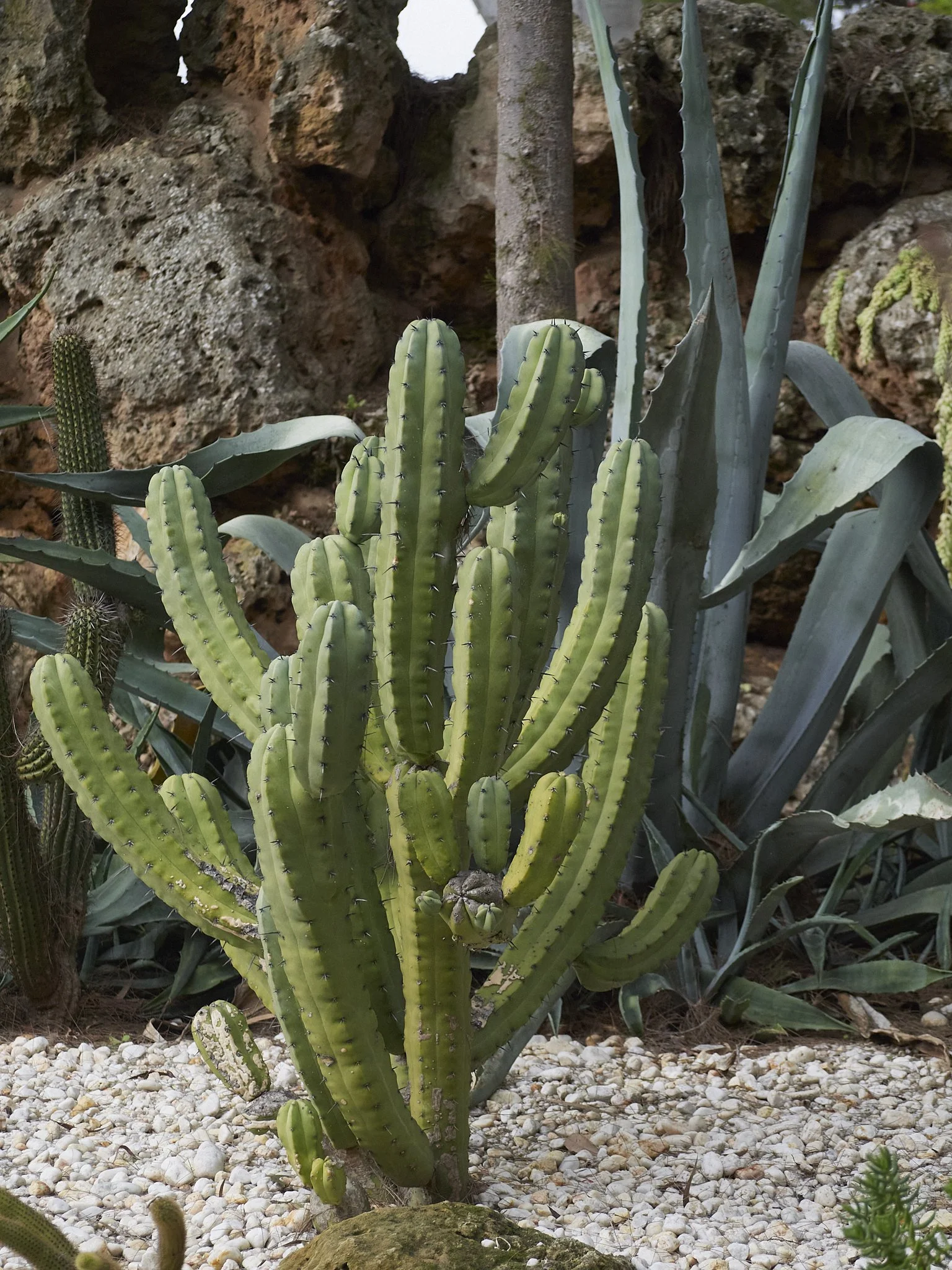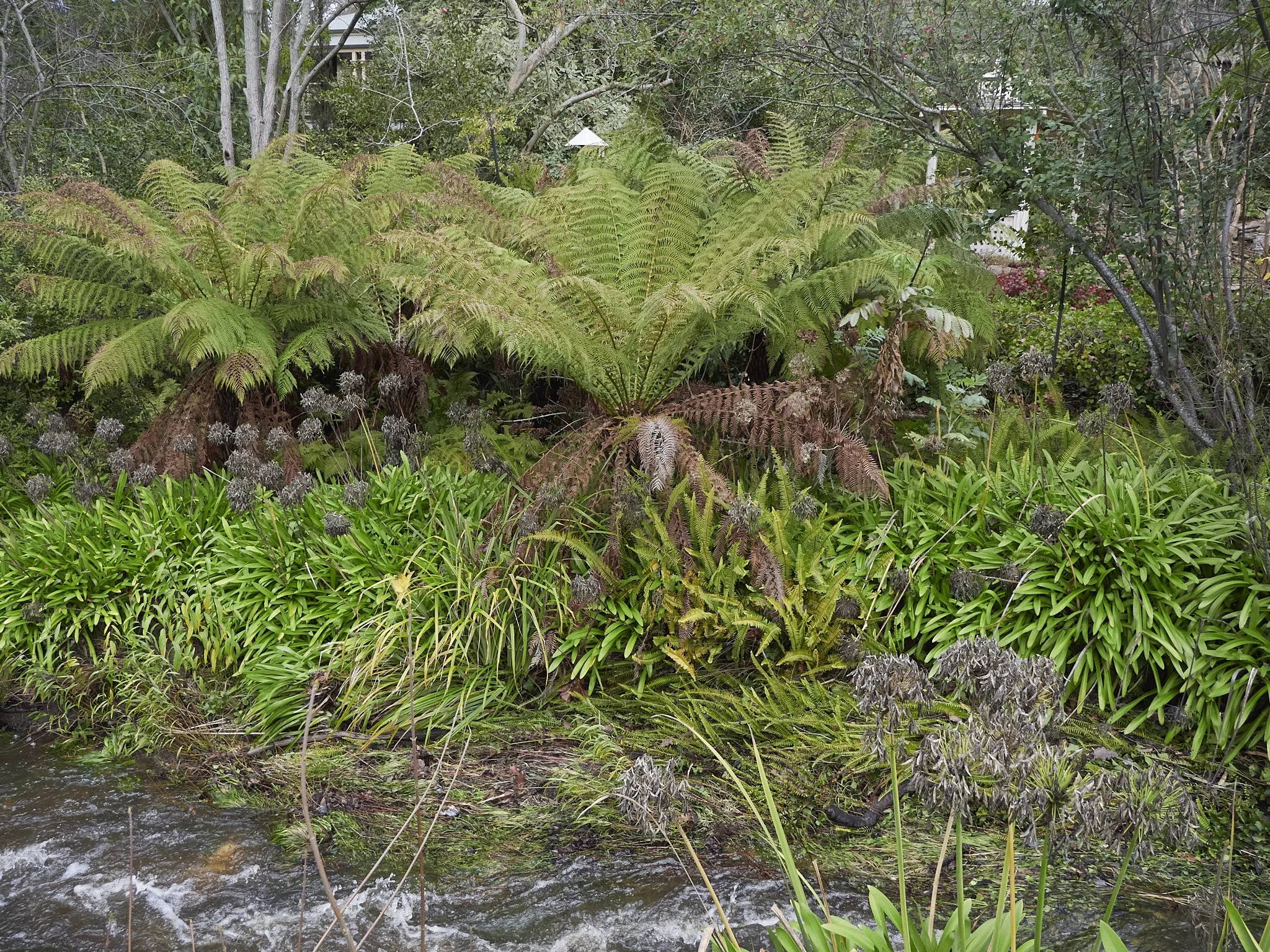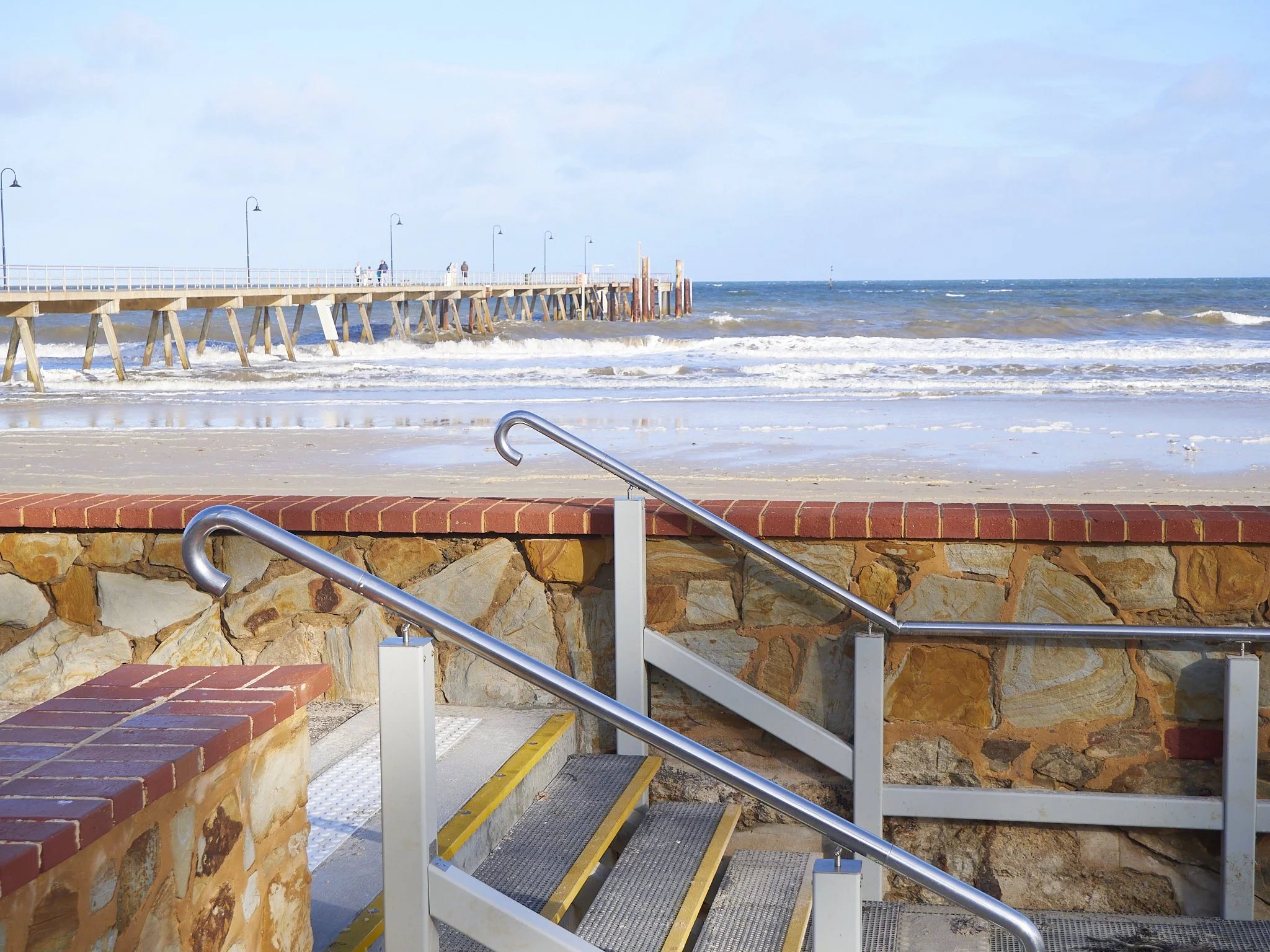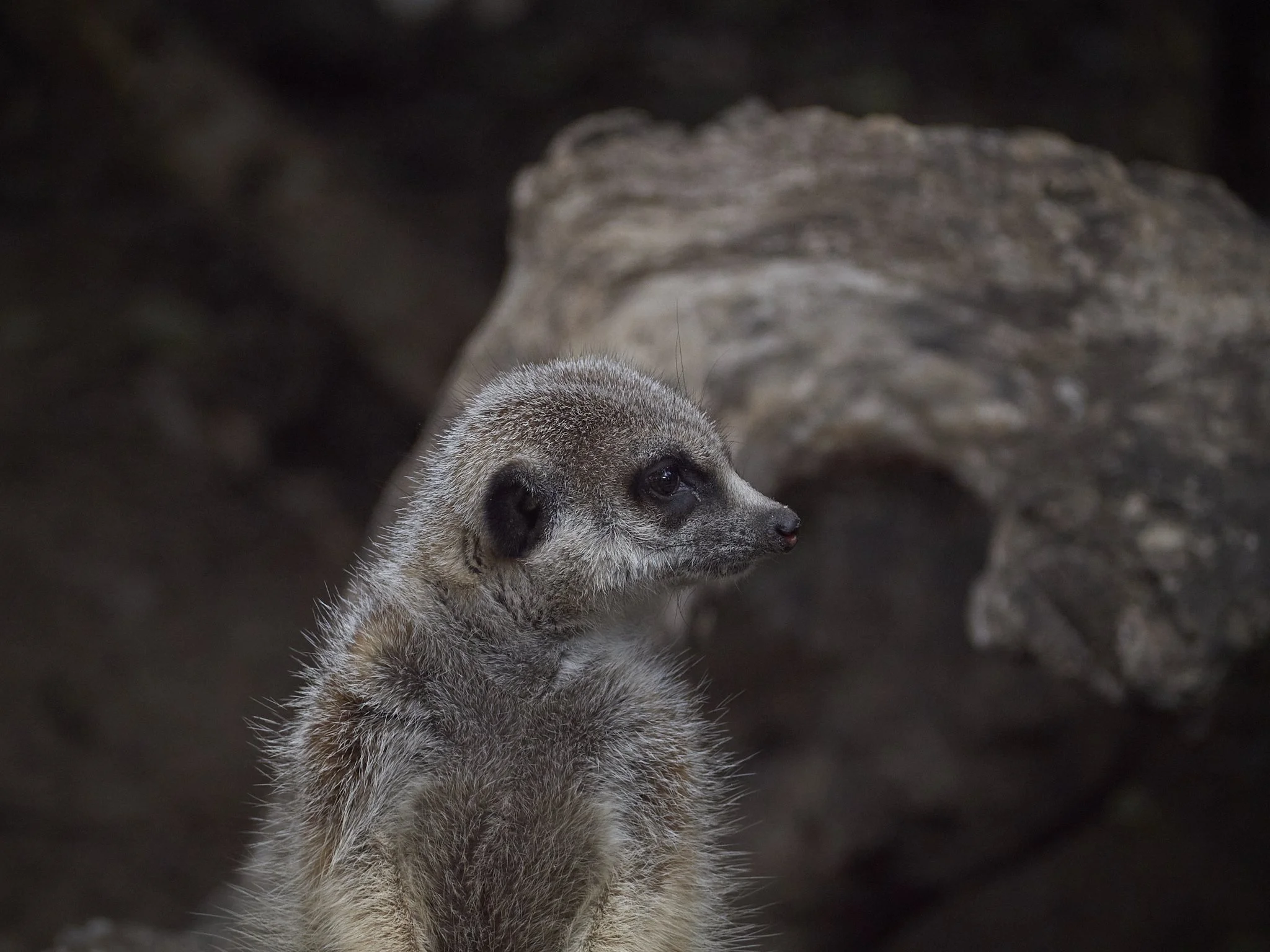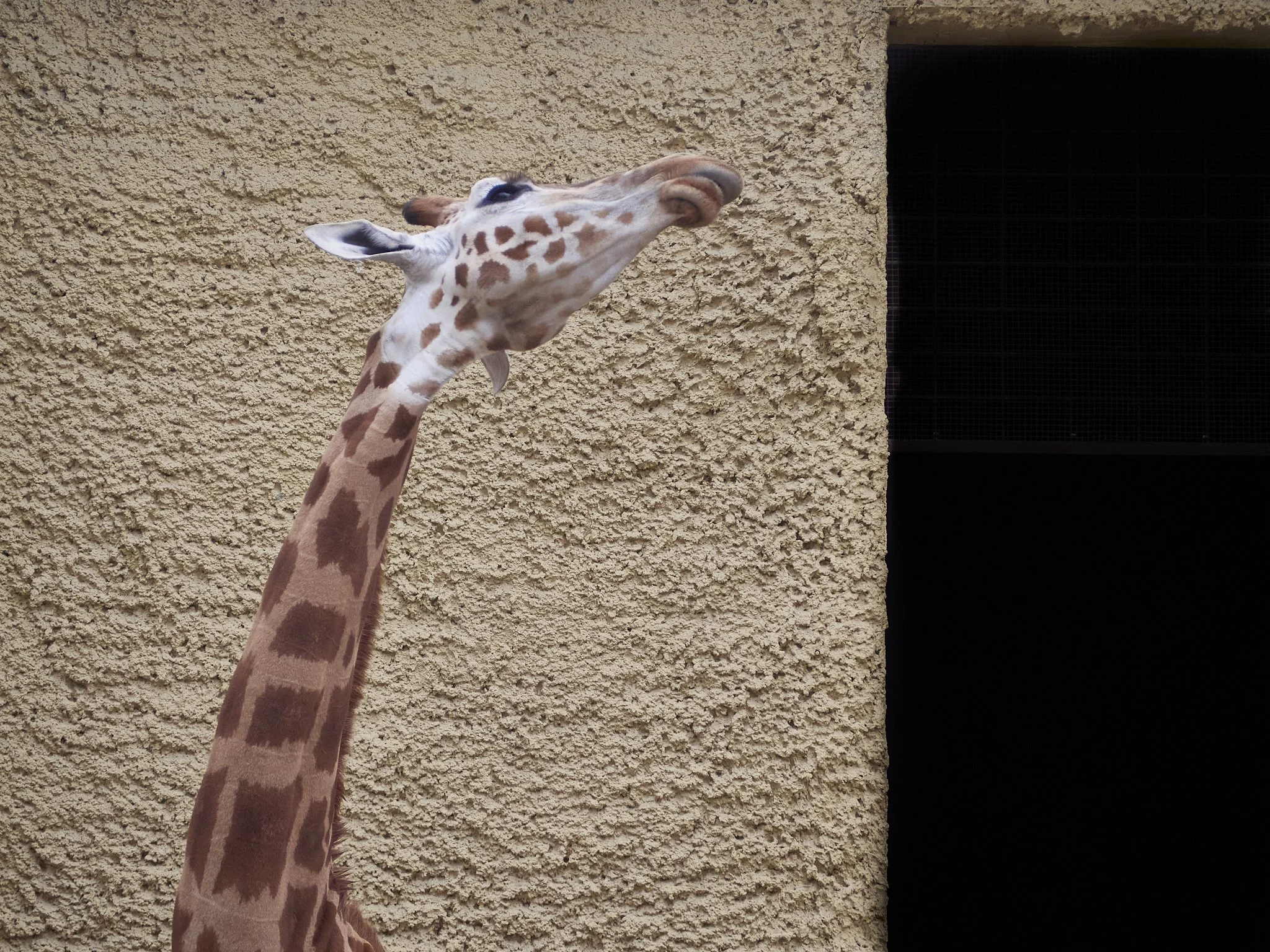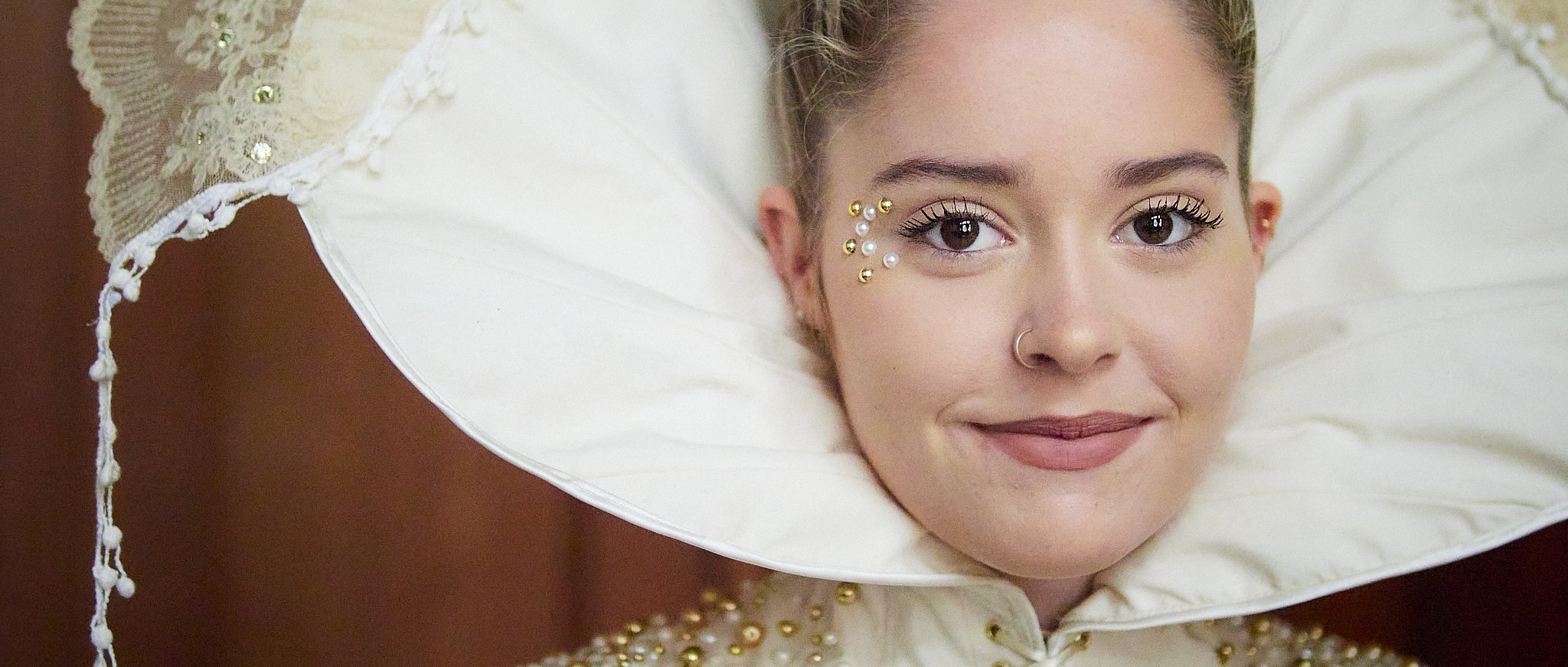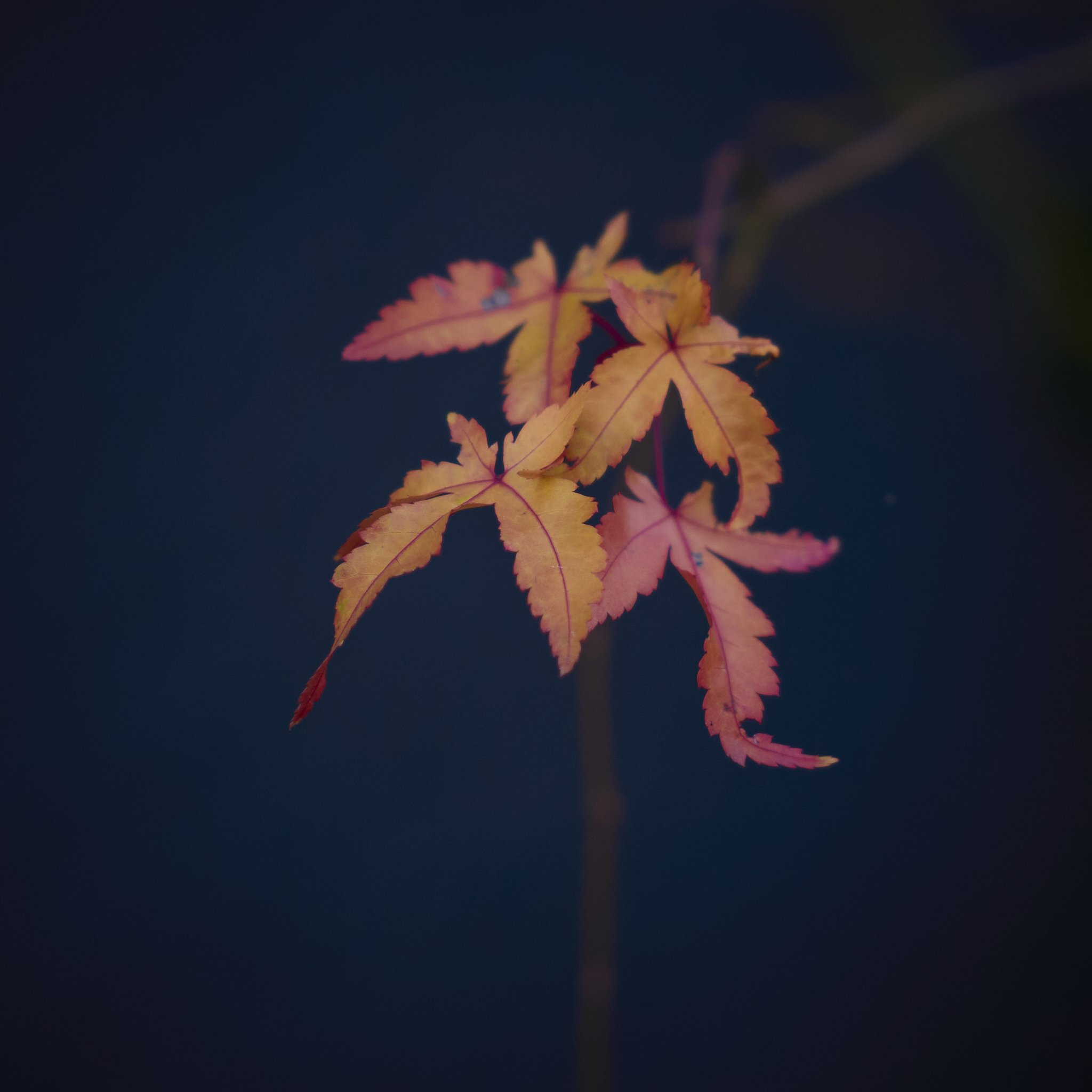I did not get it for a long time, partly because I am a stills shooter who tends to work in a pretty non-linear way, which means I tend do things in no set order from RAW, which is not great as I tend to be messy and over work my pixels and I am not consistent. I am getting better, but slowly and have only become more efficient by eliminating steps.
If you do things in the right order, do them well and complete them properly, you will get consistent results and minimise file damage from “over working” pixels.
Layers add the next level. Each separate one is discrete so that each job can be done properly then combined in the best order.
I felt Nodes were like layers in Photoshop, which I do not use.
Nodes are basically layers, which are separate processes that can be applied in a set order.
Video needs order more than stills.
My previous process was similar to my RAW processing, but it was wrong and it showed.
I would process B-Raw manipulations for exposure and white balance, then do the three-wheel dance of Lift/Gamma/Gain, which was then supplemented by LOG Shadows/Mids/Highlights because I read that these were cleaner and more logical. I often felt there was simultaneously too much to do and too little control. There was little consistency.
After a lot of research, became a switch to Linear Gamma using the gain wheel only, which allowed me to more gently control colour with one wheel and a less twitchy one at that. This was a breakthrough for me, because it allowed me to process by eye and more intuitively. This, combined with properly setting up my project settings and looking at colour better (Colour Slice and HSV Channels for saturation), were helping.
The whole thing was becoming more on point, but was not yet more organised.
Nodes organise.
Nodes are, it seems, are exactly what I need.
They separate each task so that maximum cleanliness and efficiency can be achieved.
Why?
I want to do as little as possible to my files with maximum effect.
I want to do the right manipulations the right way.
I want to do them in the right order (this is very important).
I want to be consistent, especially when different cameras and codecs are used**.
I also want to make sure I remind my self of the options available.
I needed a Node Tree, something I never thought I would use and it turns out there are a lot of opinions on this. I have found the strength in power grading (not just applying LUT’s), which is also a perceived level of complication in that at some point you have to balance applied knowledge and skill with personal preference, not just trust to a bought Lut to do the work
No, there are no “one answer” rules here, but there are cleaner and stronger ways of working.
My sources are Cullen Kelly and Darren Mostyn with a little help from the excellent “Write and Direct” site. These three are all reliable, knowledgeable and accurate, but they also vary in answers such as;
https://www.youtube.com/watch?v=hOSkEnupHUM
My Node Tree is based on Cullen Kelly’s latest with some mild changes to suit my (realistic) work flow, because some things he covers are still beyond me.
This assumes the use of B-Raw in some form to Da Vinci Resolve.
0. Project settings; https://www.youtube.com/watch?v=NnNqjPbfIG8 . If you choose custom, you can set the whole project up with the same in and out puts as a CST node, but simpler and the reality is, you still need to visit project settings to change tags and check other settings for your project, so why not do it all at once? The choices are also quicker with only a combined in and out to select rather than four.
or
(1). Colour Space Transform Node. This is the input transformation Node to tell Resolve what camera took the footage, what codec was used, what colour space is going to be used to process the file, which is the same as in custom project settings.
I am going to use the project setting route because I need simply choose the input type from pre-set project setting list and then apply any one of several Node trees as desired. With CST’s I can visualise each step on the tree, but two less Nodes makes for a cleaner work flow and I will not make mistakes, because I can see them on the clip. All I have to do in project settings is switch the project from B-Raw to Panasonic V-log input when I use it and select either Rec 709/2.2 or Cineon Log if I want to apply a film look. You cannot ignore project settings, other changes need doing anyway, so why not do it all at once. There will be four, two for B-Raw, two for V-Log, one each to Rec 709 2.2 and Condon Log for applying film looks.
1. Colour Balance Node. This node is before the one below (exposure) but will be used after it. This is the one wheel instead of three fix that pro colourists use and was a game changer for me. With a single wheel (Gain), I will be able to balance colour and white balance by eye with a gentle and precise touch. Right click > Gamma > Linear > Gain tracking ball (replacing lift/gamma/gain).
2. Exposure and Contrast Node. This can be done with the above wheel, but is better done in the HDR > Glodal window than the Primaries > Offset. The effect on shadows is cleaner, more linear and better separated. HDR > Global wheel = exposure, and the second part is putting in removing some punch in an image. HDR > Shadows/Highlight wheels = contrast.
3. Saturation-Global. This one I will just do as Cullen does. HSV > Colour space > (turn of channels 1 and 3) channel 2 only = Saturation.
This is the end of the core manipulations.
4a*. (Parallel Node top) Saturation-Specific. This is also a Cullen recommendation, to use Colour Slice for more specific saturation and density changes. The common trend here is to use newer generation tools that work cleanly and more precisely than older, more global tools. > Colour Slice.
4b*. (Parallel Node bottom) Power Windows. This is a little beyond my pay grade just yet, but I will be using it a lot I hope. It is the ability to locally effect an image area with masking, picking etc.
My intention is to have a basic and advance tree, the basic tree will drop 4a and 4b.
5a to 5x. Textures and Effects. This is where the little extras are added like noise reduction, de-blur, filters etc, because they are destructive if used too soon (heavy handed tools with high system drain), so tend to slow down my computer (especially de-blur and noise reduction). Nodes added as desired or needed.
I do not need this one below, but if I had used a CST-in then;
(7). Colour Space Transform Out. This is where the wide gamut colour space is transformed back into a more deliverable form. So you have gone from opening up the work space to now delivering something standardised. DV Wide Gamut > DV Intermediate > Rec 709 > Gamma 2.2 (because my monitor is not reference standard or I would use 2.4).
So, basically project settings, 3 core Nodes which should produce a finished base file, up to 3 secondary ones for effects, fixes, deeper repairs and then other stuff like audio afterwards.
*A parallel Node is used when several Nodes are of equal importance coming from a previous Node and no linear contamination is wanted.
**By using consistent project settings I will be treating B-Raw and V-Log files the same way, but still getting maximum quality from each. Technically B-Raw files have their own window and settings, but using Pana cams, not all of these are fully enabled, so for consistencies sake, using the same project settings and node tree is faster.


